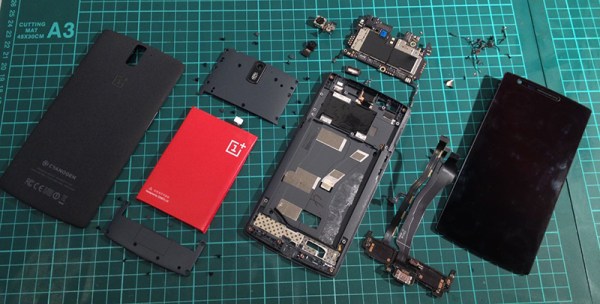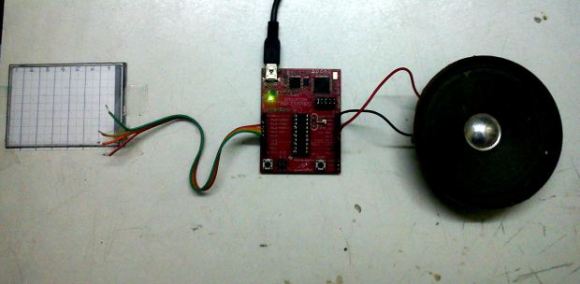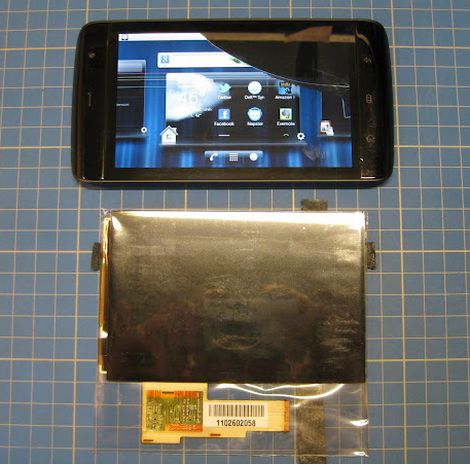The OnePlus One is the flagship phone killer for 2014, available only by invite, and thus extremely cool. So far it’s a limited production run and there will, of course, be problems with the first few thousand units. When [vantt1] got his One, he noticed a few issues with the touch screen. Some touches wouldn’t be registered, typing was unpredictable, and generally, the touchscreen was unusable. [vantt] had seen this before, though, so with a complete teardown and a quick fix he was able to turn this phone into something great.
[vantt] realized the symptoms of a crappy touchscreen were extremely similar to an iPad mini that had recently had its digitizer replace. From the Foxconn plant, the digitizer in the iPad mini is well insulated from the aluminium enclosure. When the screen and digitizer are replaced, the cable connecting it to the rest of the iPad can come in contact with the case. This leads to the same symptoms – missed touches, and unpredictable typing.
Figuring the same cure will fix the same symptoms, [vantt] tore apart his OnePlus One and carefully taped off the digitizer flex cable. Reassembling the phone, everything worked beautifully, and without any extra screws in the reassembly process. You can’t do better than that.













